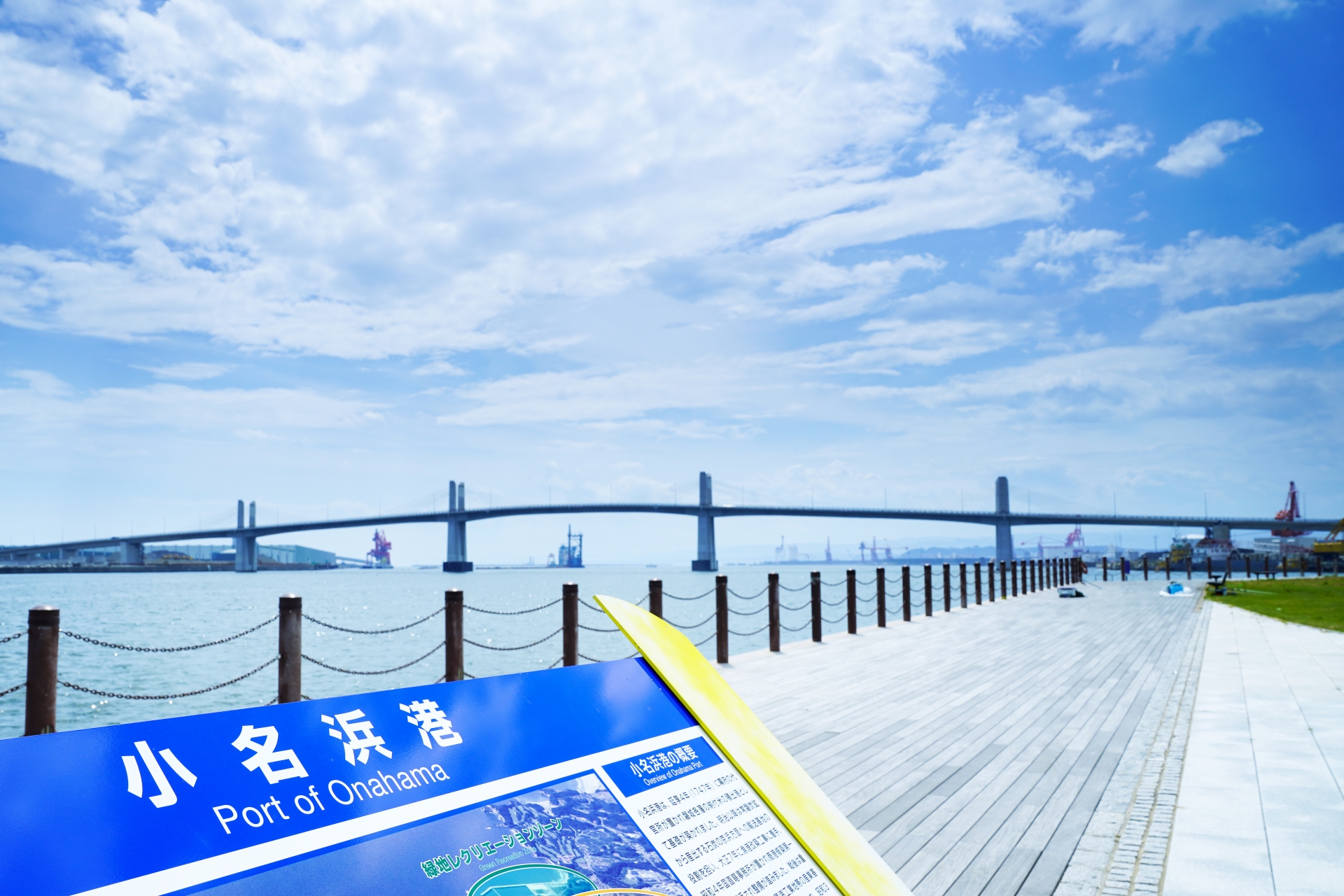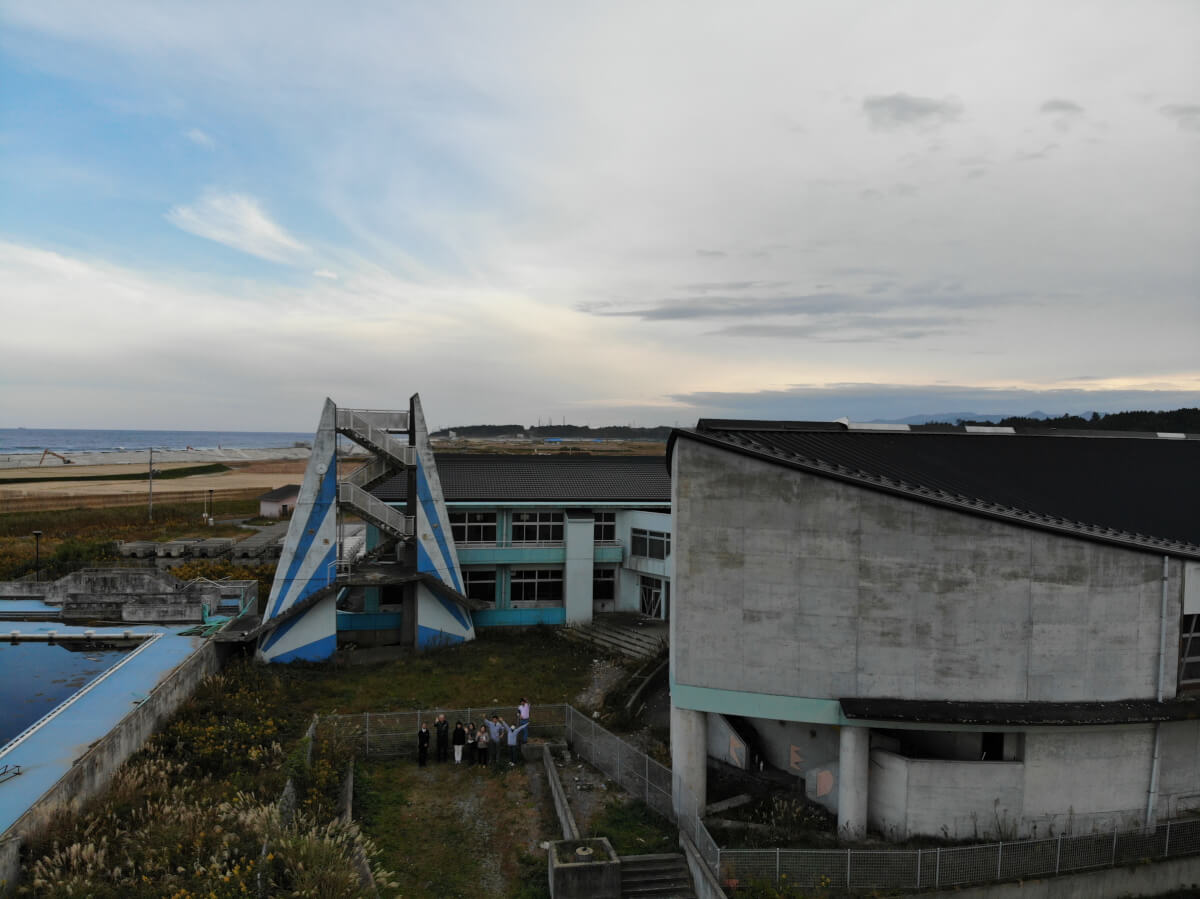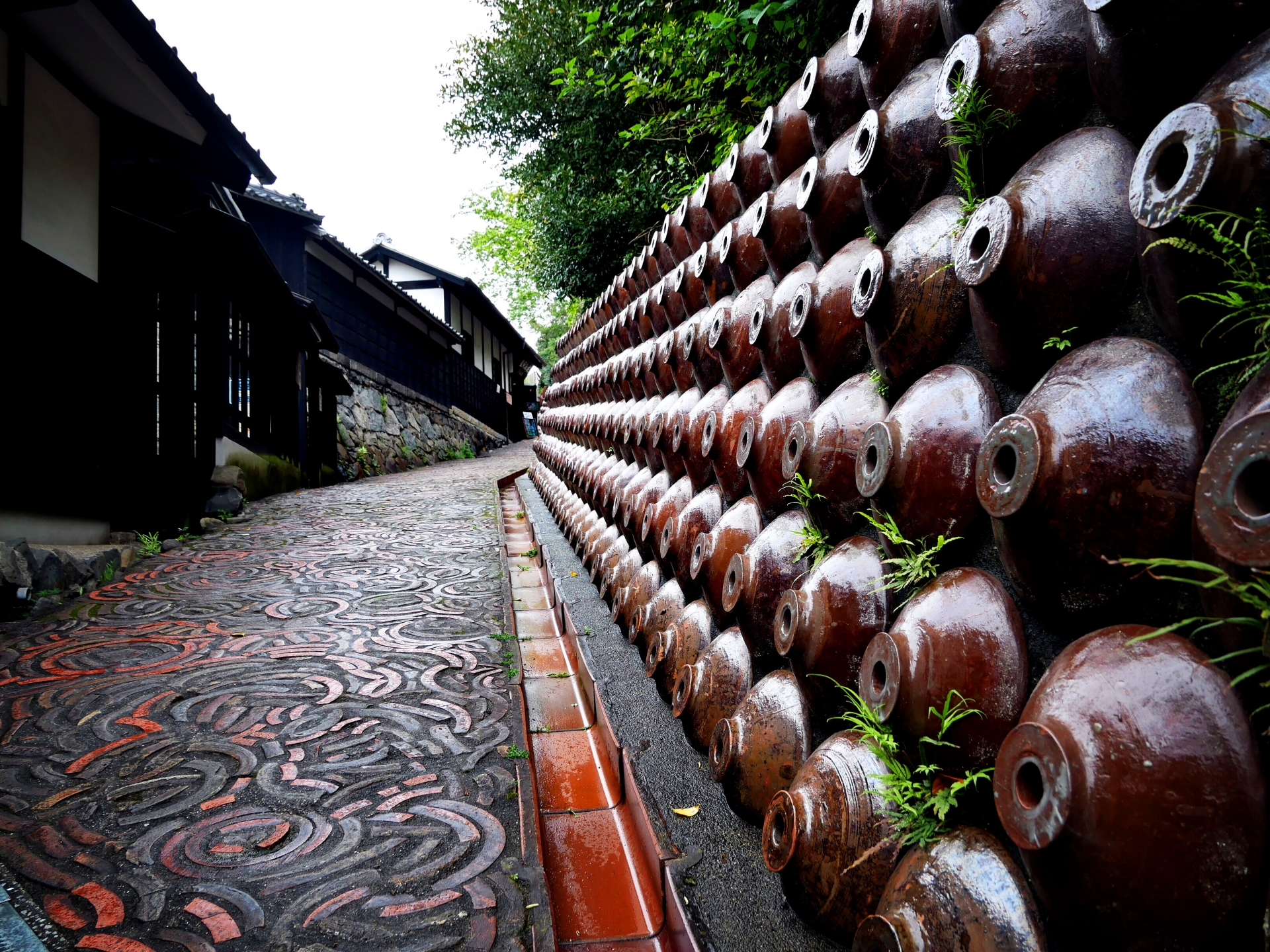Three Main Regions in Fukushima Prefecture
Fukushima prefecture is located in the southernmost part of the Tohoku region and is known as the gateway to Tohoku. Nowadays, when most people hear the word ‘Fukushima’ they immediately think about the 2011 earthquake, tsunami and nuclear disaster, but Fukushima has so much more to offer! It is about 200 km from Tokyo and is the third largest prefecture in Japan by area following Hokkaido and Iwate. Not only is it a large prefecture, but the Abukuma Highlands and the Ou Mountains, which run north to south, divide it into three major regions: Aizu, Naka‐dori, and Hama‐dori, each with their own climate and culture. In this article will introduce the differences between these three regions of Fukushima and some recommended sightseeing spots!
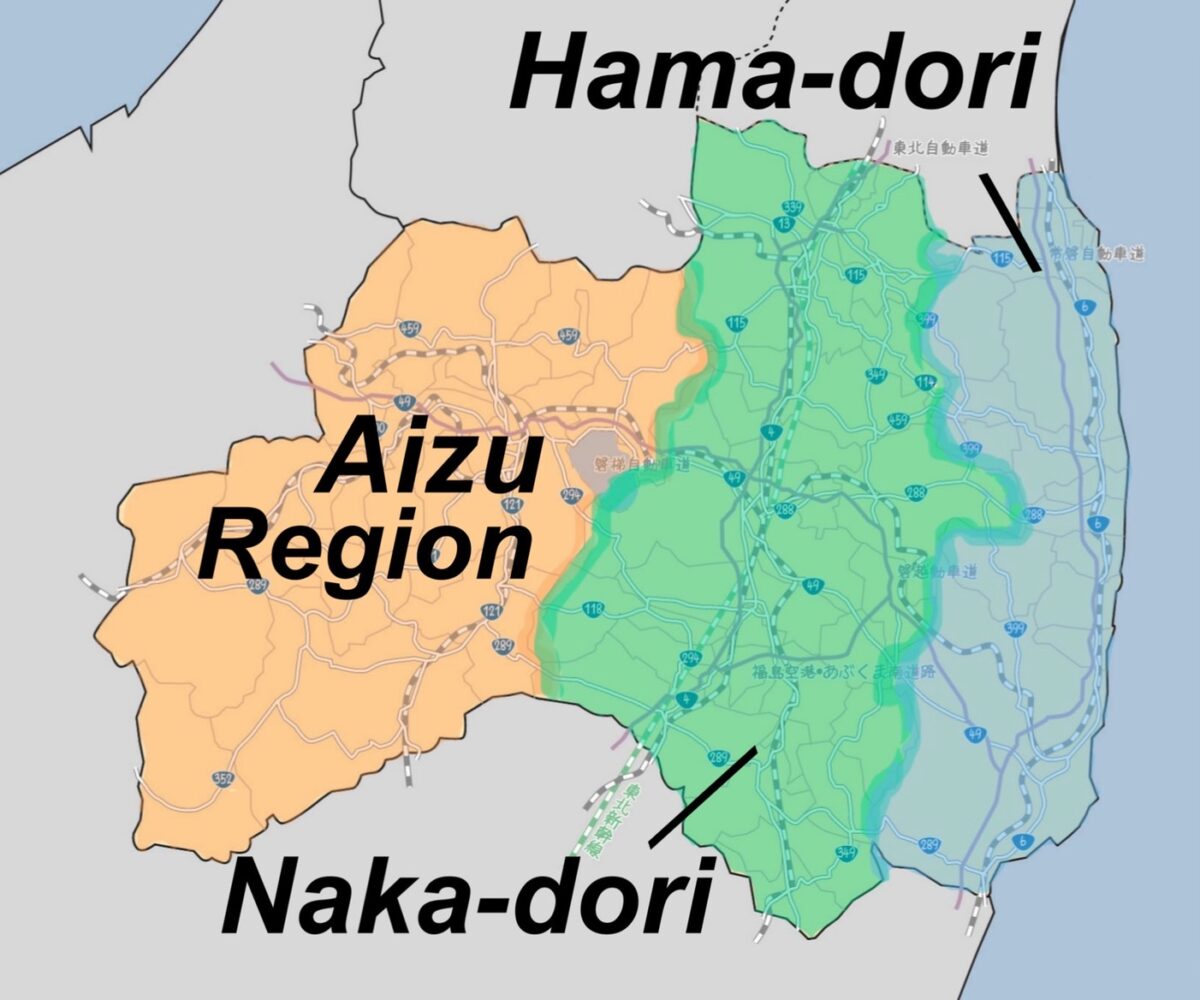
Snowscapes and Samurai Culture in the Aizu Region
The Aizu region is located in the western part of Fukushima Prefecture. Because of the climate on the Sea of Japan side of the country, summers are cooler in the mountains and hotter in the basins. In winter, the temperatures are low and there tends to be a lot of snow. In Hinoemata Village in Oku-Aizu, there is especially a lot of snow and it has some of the most snowfall in all of Japan. They get as many as two meters depending on the year!
The Aizu region offers beautiful snowy scenery, but there is a possibility of transportation issues due to the weather conditions. When visiting the area, be sure to wear warm clothes and shoes that have good traction. The Aizu region was once home to the Aizu clan, and there are many tourist spots throughout the town where you can still feel the samurai culture. A few of the spots that stand out are the Aizu Samurai Mansion(Bukeyashiki) and the Aizu clan school, Nisshinkan.
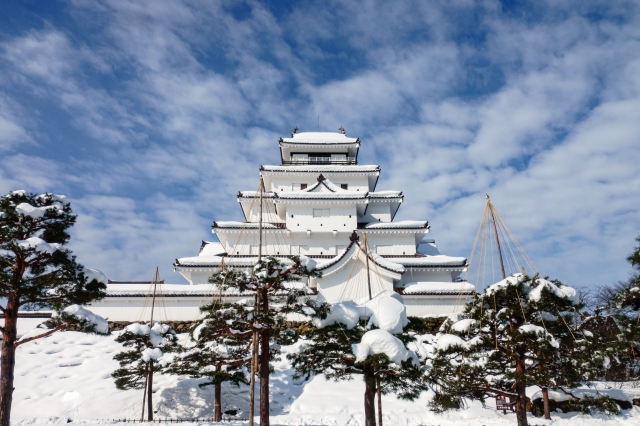

Rich Fruit and Famous Hot Springs in Naka‐dori
The Nakadori region is located in the center of the prefecture between the Ou Mountains and the Abukuma Mountains. Since the region is between the Japan Sea and the Pacific Ocean, the basin is hot and humid in summer, while cold winds blow and snow falls in winter. In Nakadori, there are popular hot springs such as Iizaka Onsen in Fukushima City, one of the three famous hot springs in Oshu, as well as Take Onsen in Nihonmatsu City, located at the foot of Mount Adatara.
Fukushima is also known as the fruit kingdom, and there is a road called the Fruit Line in Fukushima City in Nakadori. There are many fruit farms, tourist orchards, and shops in this area. From mid-June, cherries are harvested and available for purchase, followed by peaches, pears, and other fruits that are in season for about six months. Naka‐dori is easily accessible, with the Tohoku Expressway and Tohoku Shinkansen running through the area.
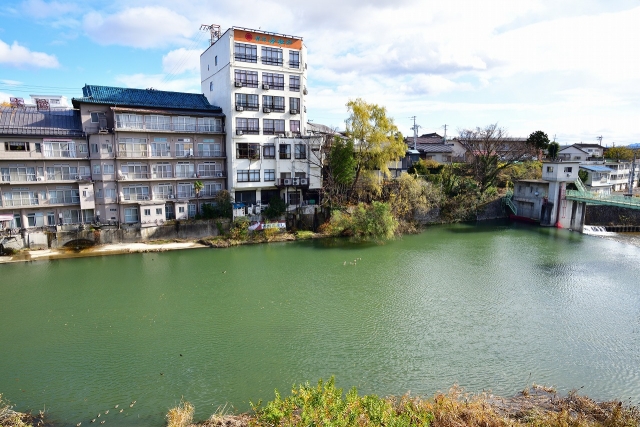
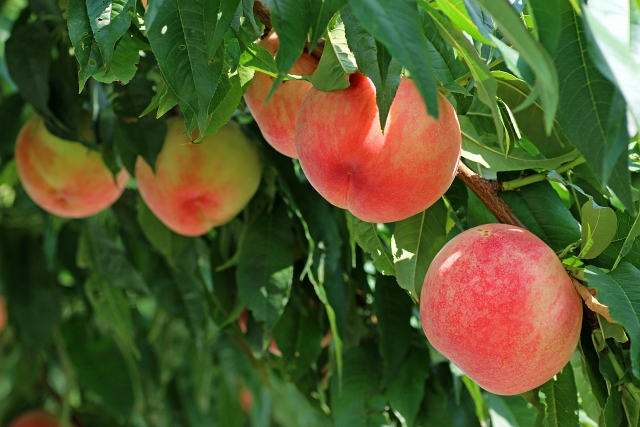
Beautiful Coast and Delicious Seafood in Hama-dori
The Hamadori region is located on the east side of the prefecture, facing the Pacific Ocean. The temperature in summer is not so high because it is a coastal region, but in winter it is the warmest place in the prefecture and it doesn’t snow much. It rains a lot during the rainy season and in autumn. The sea in Fukushima Prefecture is a tidal zone where warm and cold currents mix, resulting in lots of delicious fish.
The deliciousness of “Joban-mono” in Iwaki City, Hamadori has been recognized by 99% of those in the fisheries industry at Tsukiji Market, one of the largest markets in the world. The term “Joban-mono” refers not only to the seafood landed in Iwaki, but also to the processed seafood products and the people involved in the seafood industry.
The Shioyazaki Lighthouse in Iwaki City is a lighthouse that you can actually go up to and see the beautiful ocean from. You can also cycle along the seawall, which was built as part of the reconstruction project after the 2011 Great East Japan Earthquake, and the view from the top of the seawall is spectacular. Although Hama‐dori was damaged by the tsunami, new facilities and equipment have been built one after another. The region is steadily moving forward.
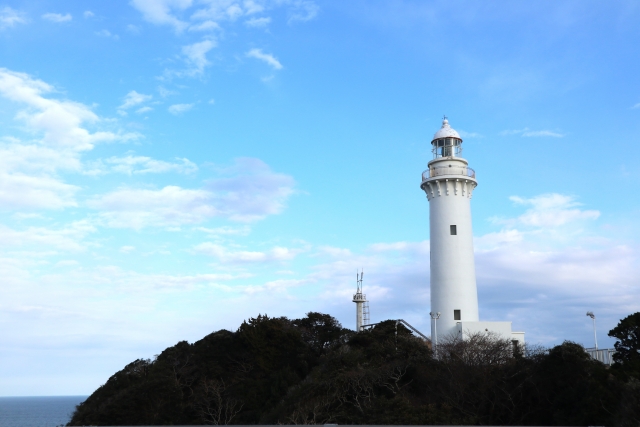
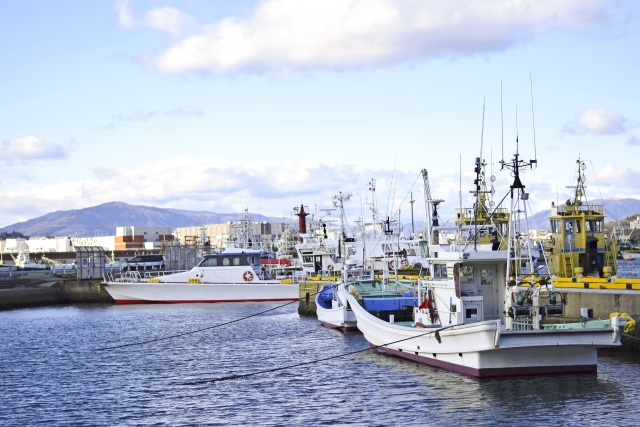
Sightseeing Spots in Each Region
Aizu Region
Ouchi-juku
Ouchi-juku prospered as an inn town during the Edo period(1603-1868). The buildings with thatched roofs are still used as stores and residences, and have been standing strong along the road since the Edo period. It has been designated as an Important preserved district of historic buildings.
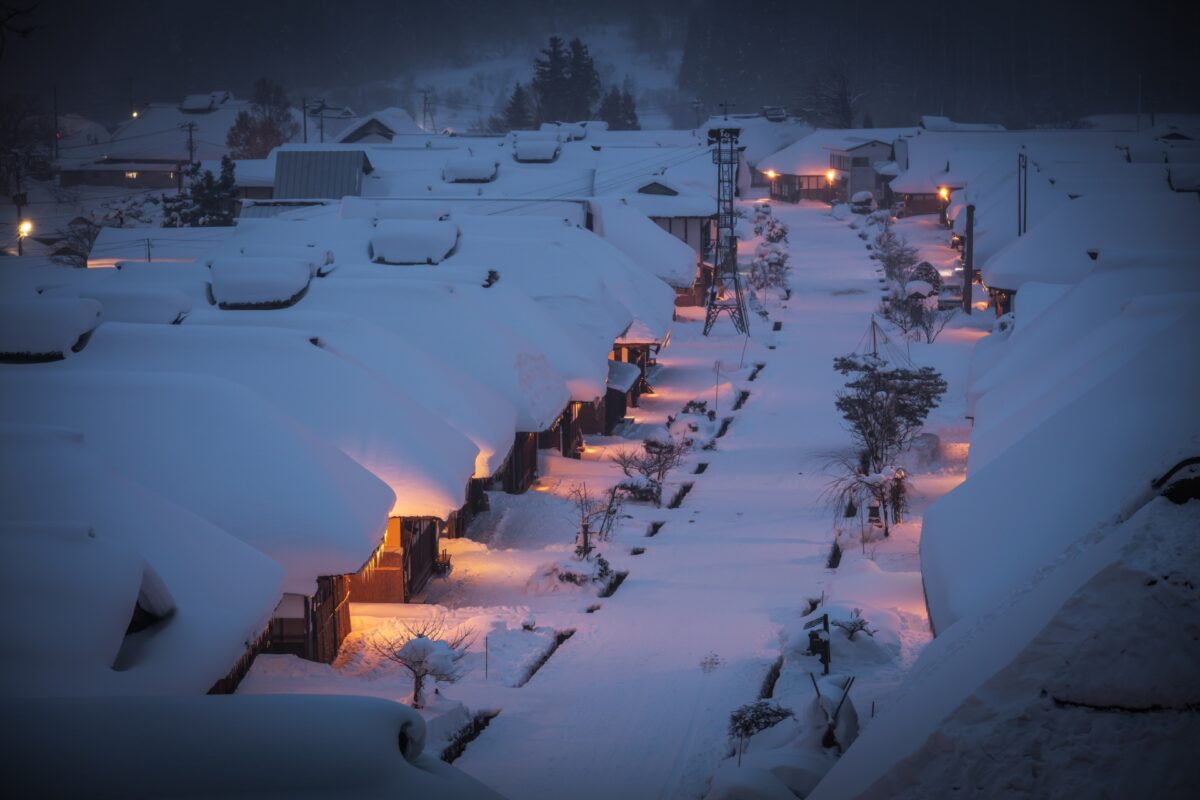
Tsurugajo Castle
Tsurugajo Castle, the symbol of Aizuwakamatsu City in Fukushima Prefecture, is famous as an “impregnable castle” because it withstood a month-long siege during the Boshin War in 1868. The castle tower stands alone as the only one in Japan with red roof tiles. Currently, the castle tower is used as a local museum where various historical materials of Aizu are displayed. The castle is planted with about 1,000 cherry trees, making it one of the best cherry blossom viewing spots in Aizu.
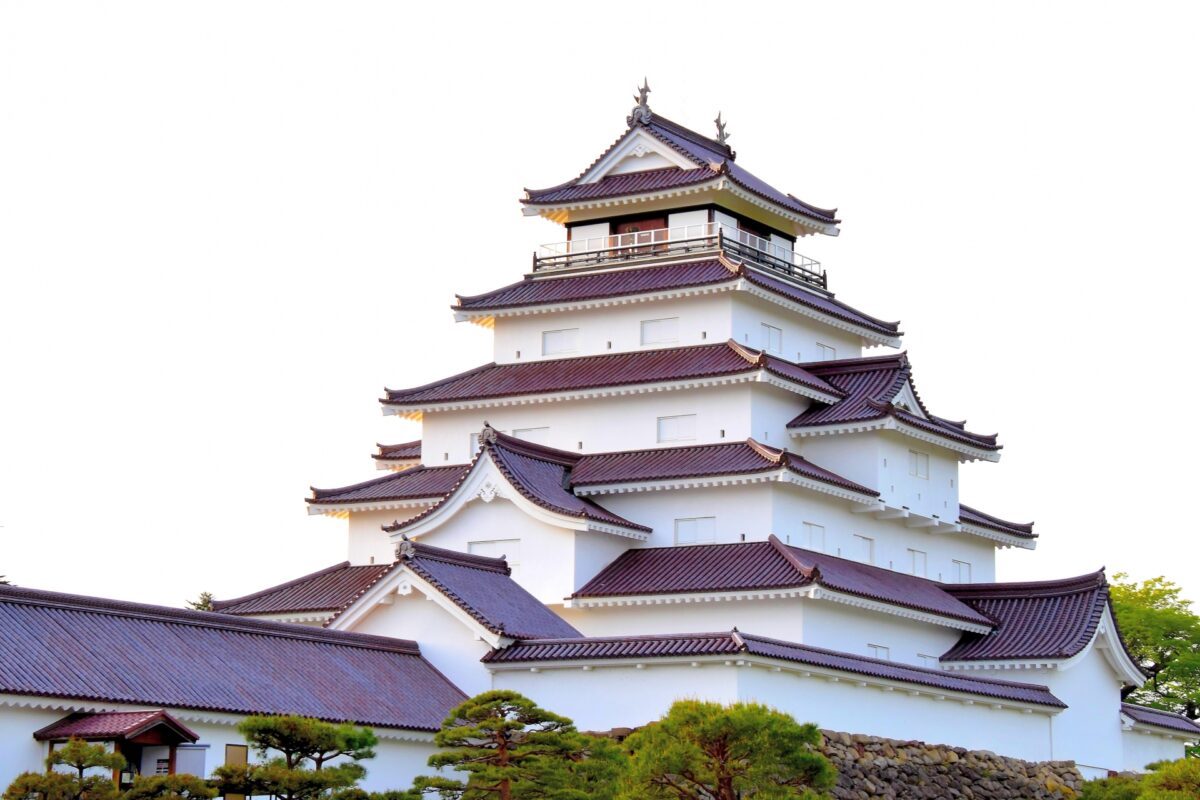
Aizu Wakamatsu Tour
On this tour, you will have the chance to visit the Tsurugajo Castle mentioned earlier, the aizu samurai residences used as lodging for the highest-ranking samurai, their families, and employees, the medicinal herb garden encouraged by the feudal lord for the study of medicinal herbs used to prevent and treat diseases, and Mount Iimori where the Byakkotai who were active in the Boshin War, committed suicide.
You will also be able to relax at the Higashiyama Hot Springs, visit the Suehiro Sake Brewery, which has won various awards, learn about the history and culture of Fukushima Prefecture at the Fukushima Museum, and learn about the life of Hideyo Noguchi, a bacteriologist who developed a vaccine against yellow fever, at the Hideyo Noguchi Memorial Museum. This is a tour that allows you to enjoy not only the culture of the samurai, but also everything else Aizu Wakamatsu has to offer.
Book the tour here: Aizu Full-Day Private Trip with Nationally-Licensed Guide
Tenkyokaku
Built in the late Meiji period (1868-1912), Tenkyokaku is a villa of the Imperial Family and is designated as an important cultural property of Japan. The name “Tenkyokaku” was given by Emperor Taisho. Visitors can see the dining room, guest rooms, and ballroom of Tenkyokaku, which was built in the Renaissance style during the Meiji period. You can also try on Meiji period dresses inside the museum.
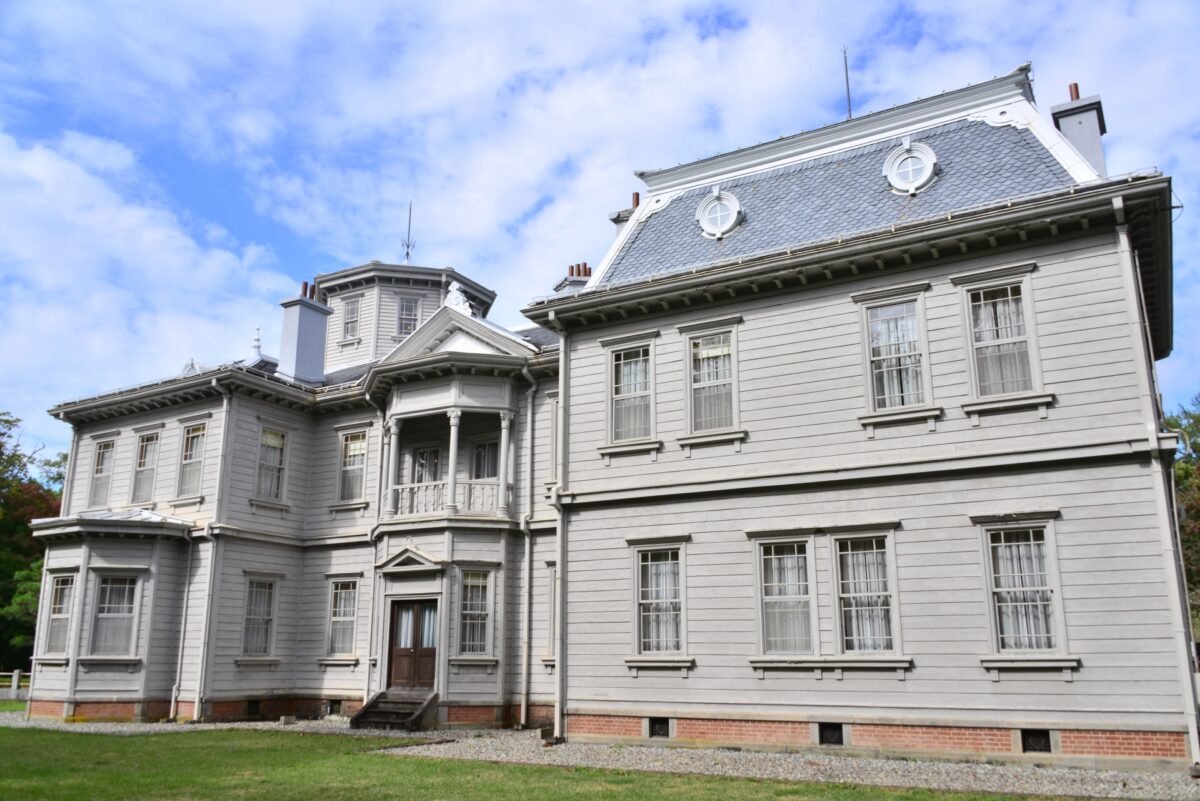
Naka‐dori Region
Tsuchiyu Hot Spring
Tsuchiyu Hot Spring has more than ten types of spring water, and is even a source for the local inns and hotels. The positive effects of bathing in this spring water include curing of neuralgia and sensitivity to cold, as well as recovery from fatigue. Tsuchiyu Hot Spring also has three footbaths, all of which are free of charge.
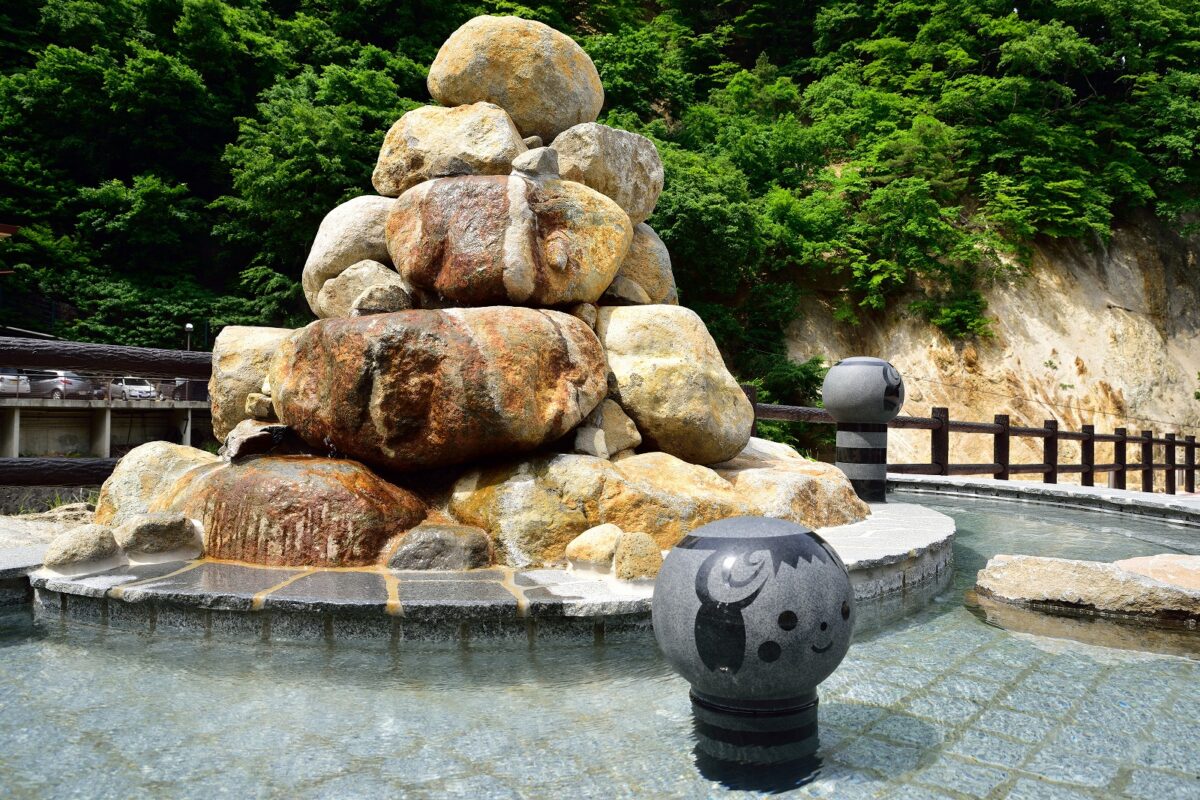
Fruitea Fukushima
This train is a cafe where visitors can enjoy sweets and drinks made from local Fukushima fruits. It only runs on Saturdays, Sundays, and holidays between Koriyama and Kitakata on the Ban-Etsu Nishi Line and between Koriyama and Sendai on the Tohoku Line, taking about two hours each way. You can enjoy the scenery and sweets along the way, that will surely make your ride a memorable experience.
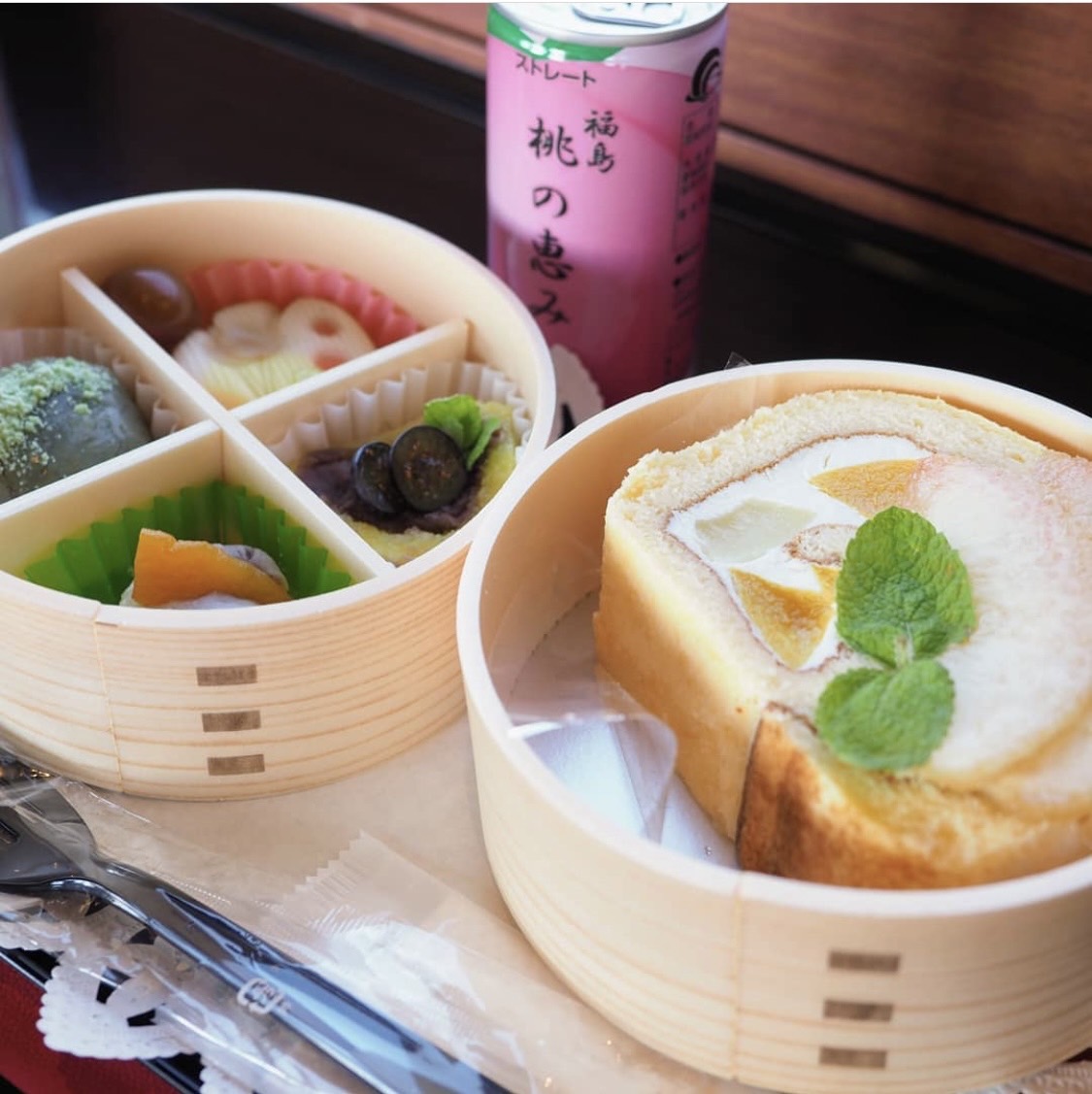

Licca Castle
The only factory in Japan that produces Licca, a sort of Japanese Barbie doll, is located in Naka-dori. Although it is a factory, it will catch your eye with its cute castle-like appearance. In addition to a tour of the factory you can take, they also let you try on Licca-chan dresses and make your own original Licca-chan dolls.
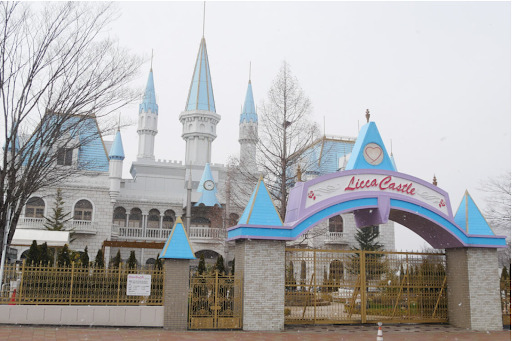
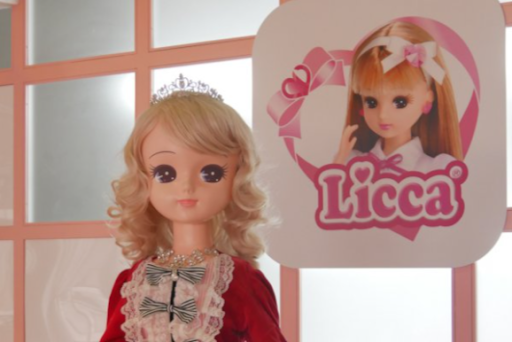
Ebisu Circuit
This circuit is located in Nihonmatsu City, and has nine courses, including one for drifting and one for motorcycles. In fact, it is popularly known as the holy land of drifting, and is well visited by many foreign tourists. You can even buy a drift car at the used car dealership next to Ebisu Circuit and drive it directly at Ebisu Circuit if you want to! There are also events for non-drivers to enjoy, such as taking a ride in a drift taxi where you can ride in the back seat and experience second hand drifting, and a mamachari endurance race where you can ride a mamachari(bicycle) on the course.
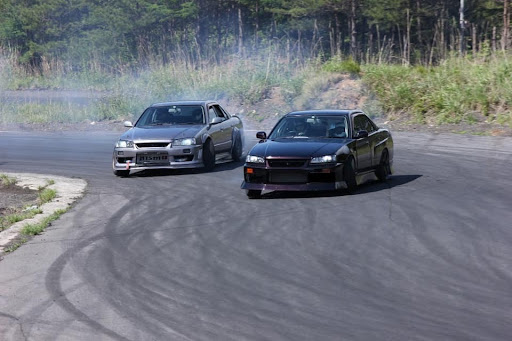

Hama-dori Region
Iwaki Lalamew
At first glance, Iwaki La La Mew looks like a seafood market, but it’s not just a market, it’s also a tourism and product center in Iwaki City with restaurants and a children’s playground. There is also a barbecue corner where you can grill fresh seafood you have purchased and eat it on the spot. This is a good place to enjoy Joban products. It is near Aquamarine Fukushima, so why not drop by after visiting the aquarium?

Soma Nomaoi
Soma Nomaoi is a three-day summer festival that has been held in the Soma region for over 1,000 years and is designated as an Important National Intangible Folk Cultural Asset. The main part of the festival is held on the second day, and attracts many spectators with the “O-gyoretsu” in which more than 400 mounted warriors march through the city with portable shrines. They also do “Kachu Keiba”, where they run through the dusty streets, and “Shinki-soudatsusen” in which hundreds of mounted warriors fight for the divine flag that is flying down.
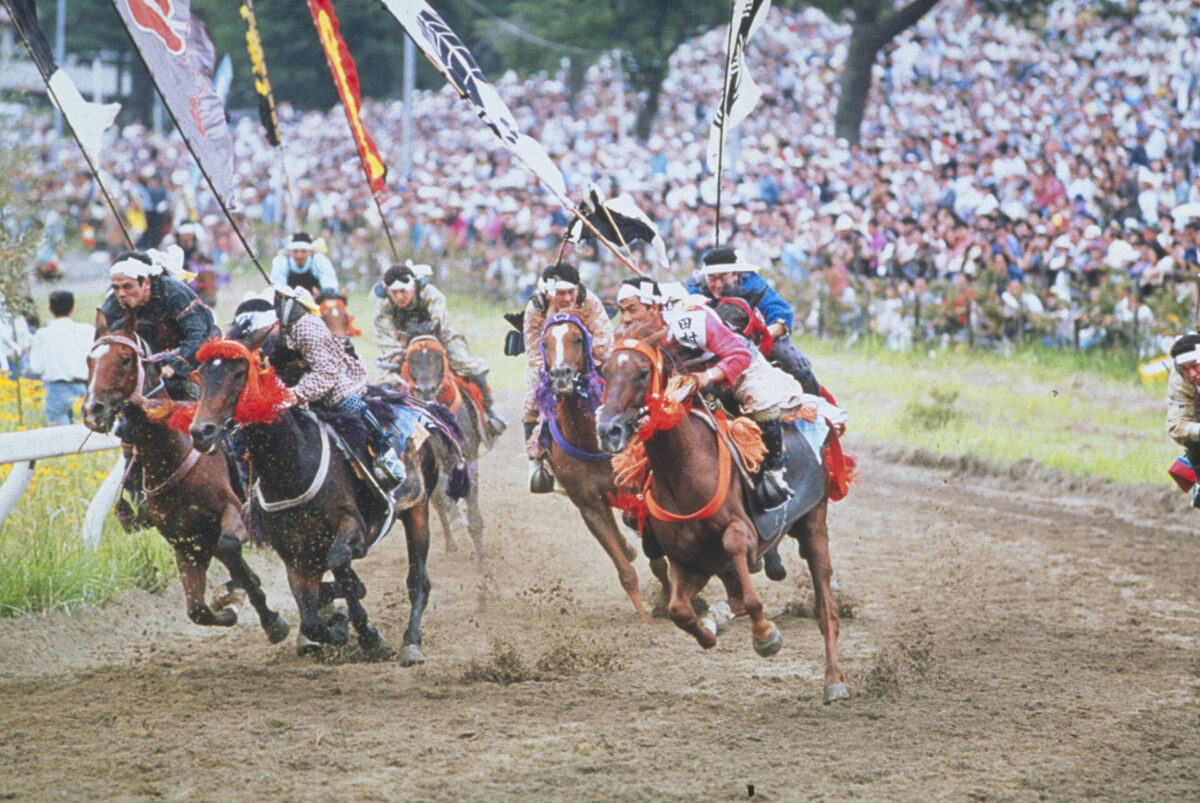
Hattachi Beach
Hattachi Beach is a popular sunrise spot on the coast, with a vermilion-painted bridge connecting the coast to Benten island. Although the coast was damaged by the tsunami from the Great East Japan Earthquake, the Torii gate on Benten island was not swept away. It is rare to find pebbles on the beach, but there is a myth that if you do and bring them back with you, you will get an eye disease.
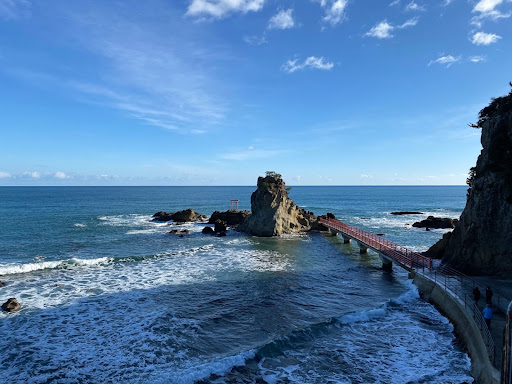
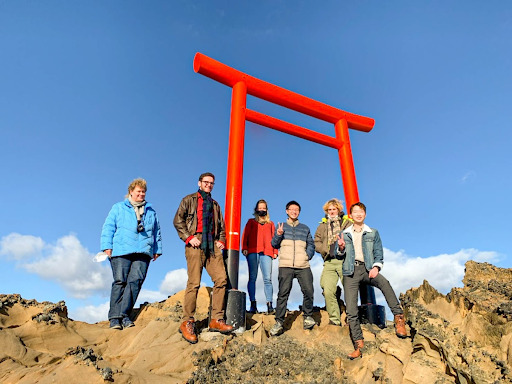
The Great East Japan Earthquake and Nuclear Disaster Memorial Museum
Through exhibits and videos, visitors can trace the chronological order of events from daily life before the disaster, the earthquake and tsunami, and the subsequent nuclear power plant accident before, at the time of, and immediately after the accident.
In addition to the exhibits, visitors can also experience a variety of programs such as talks about what it was like at the time of the disaster and the evacuation experience, and fieldwork where you can actually see the facilities that were damaged by the tsunami and nuclear disaster and the state of reconstruction up close.
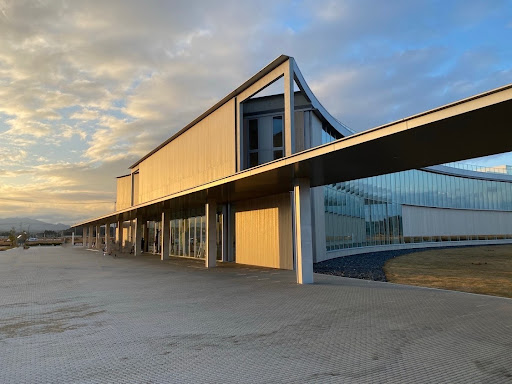
Fukushima Daiichi Nuclear Power Plant Visit 2-Day Tour from Tokyo
If you are interested in learning more about the complex disaster of the Great East Japan Earthquake and the Fukushima Daiichi Nuclear Power Plant accident, we recommend our 2-day/1-night Fukushima Daiichi Nuclear Power Plant Tour. The purpose of this tour is to see the real Fukushima and to find hope. It focuses on what happened then, what is happening now, and the future of Fukushima.
On this tour, you will have a chance to visit the area that was devastated by the Tsunami, explore the border area of the NO GO zone and join the special part of the tour which will give you access to the Fukushima Daiichi Nuclear Power Station.
In addition, you will also have the opportunity to hear stories from local people such as a flower farmer who came back and started up his business again within 20 km of the nuclear power plant as well as a farmer who still raises about 360 cows without agreeing to the order to kill the cows within 20 km of the nuclear power plant.
By seeing the area with your own eyes and hearing directly from the locals, you will not only be able to think about the present and future of Fukushima, but you will also have a chance to think about your own daily life, your future, and the future of your community and society.
※The contents of the tour may be subject to change due to the availability of the locals and traffic.
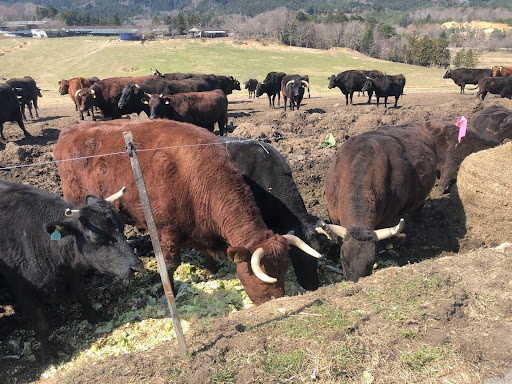

Check out our own experience of the Fukushima Exclusion Zone and what’s happening in Fukushima now:
Access to Each Region by Train
Aizu Region
From Tokyo station to Aizuwakamatsu station
To get to Aizuwakamatsu Station from Tokyo Station, you need to change trains once at Koriyama Station.
It takes 80 minutes from Tokyo Station to Koriyama Station on the Tohoku Shinkansen, and about another 60 minutes from Koriyama Station to Aizuwakamatsu Station by rapid train on the Banetsu West Line.
Naka-dori Region
From Tokyo station to Koriyama station
It takes 25 minutes from Tokyo Station to Fukushima Station on the Tohoku Shinkansen.
Hama-dori Region
From Tokyo station to Soma station
① Direct on 1 train
It takes about 3 hours 45 minutes from Tokyo Station to Soma Station on the Limited Express Hitachi.
② With a transfer
It takes 150 minutes from Tokyo Station to Sendai Station on the Tohoku Shinkansen and about 60 minutes from Sendai Station to Soma Station on the Joban Line.
From Tokyo station to Iwaki station
It takes about 2 hours 20 minutes from Tokyo Station to Iwaki Station on the Limited Express Hitachi.
As we hope you learned, there are a lot of differences between the three areas of Fukushima Prefecture as well as plenty of great tourist attractions! Did you find any sightseeing attractions that you might want to check out? These 10 sightseeing spots are just the tip of the iceburg when it comes to this big prefecture, so we hope you have the chance to learn more about and actually visit all the other great spots and in Fukushima as well!
Follow us on Instagram, Facebook and Twitter for more travel inspiration. Or tag us to get featured!
Happy traveling!
Other articles you might be interested in

Asahi Eda is from Naka‐dori, Fukushima Prefecture. Her favorite foods from Fukushima are braised pork noodles from Tora Shokudo and Shimiten from Konohata.
This post may contain some affiliate links. When you click through and make a purchase we may receive some commission, at no extra cost to you.
